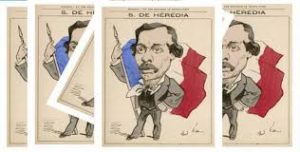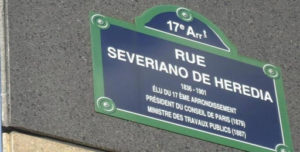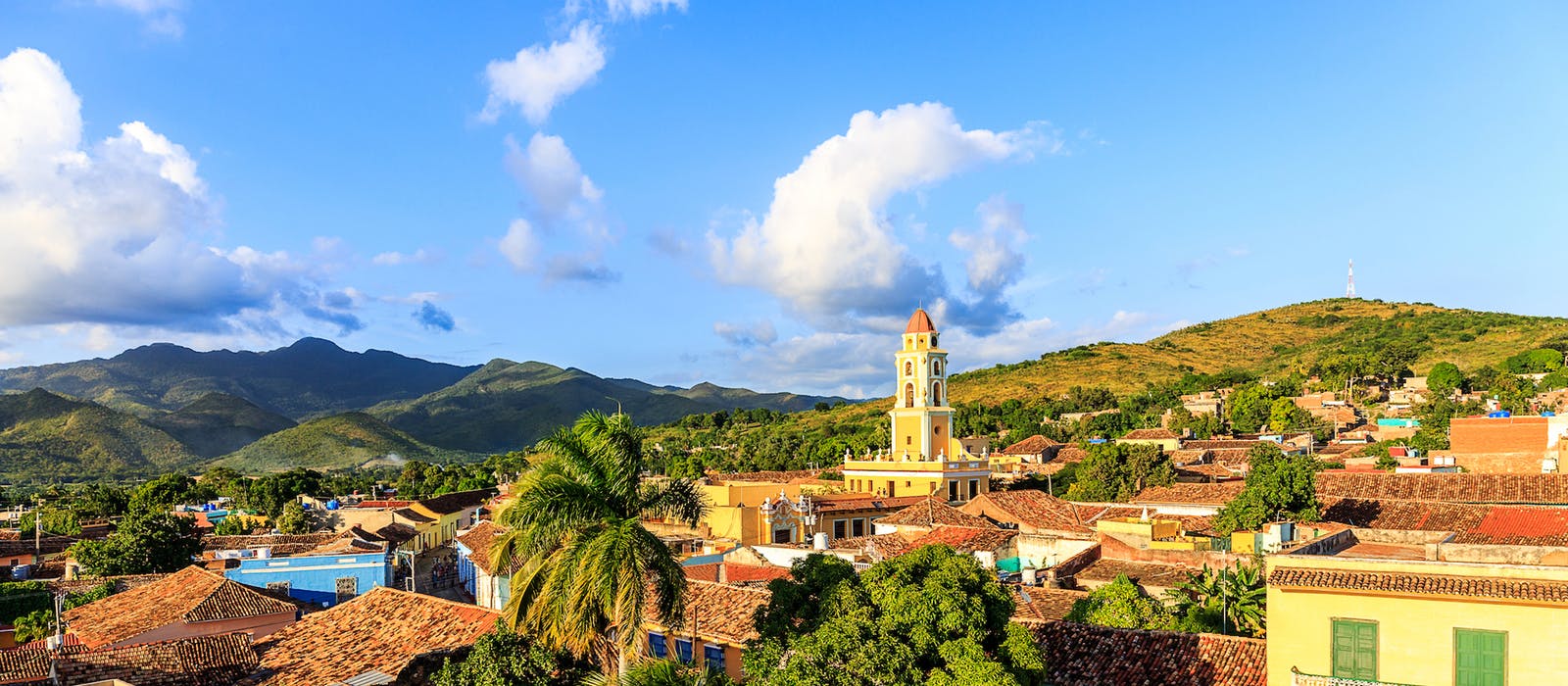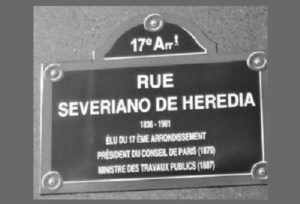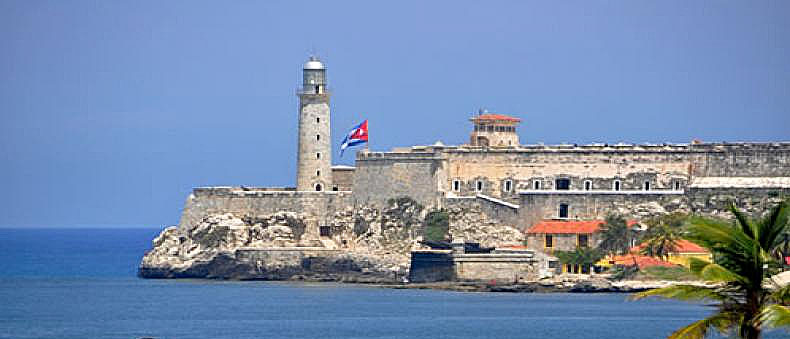Severiano de Heredia y Cárdenas nació en La Habana el 8 de noviembre de 1836, hijo de Henri de Heredia y Beatriz de Cárdenas, ambos mulatos, hijo y nieto de esclavos. Fue bautizado el 4 de enero de 1837 en la parroquia de Jesús del Monte según consta en certificado de bautismo.
Su padrino fue Don Ignacio de Heredia y Campuzano. Se inscribió como mulato nacido libre y adoptado por el mismo Ignacio de Heredia y Campuzano y por Madeleine Godefroy, quien lo lleva a Francia a los 10 años y es naturalizado francés en 1870.
Después de la muerte de su padre, en 1848, Severiano viaja con su madre a París y se instala definitivamente en la Ciudad Luz. Muchos afirman que era hijo del amo con Beatriz, su esclava, algo que explica por qué el amo decide adoptarlo desde su más tierna edad.
Severiano, estudia en el Liceo Louis-le-Grand de París graduándose con honores en 1855. En ese tiempo escribe varios poemas e historias cortas. Al graduarse su padrino lo nombra heredero de todos sus bienes.
El 3 de noviembre de 1868 se casa con Henriette Hanaire, el matrimonio tuvo una hija, Marcelle de Heredia.
SU CARRERA POLITICA
Fue elegido Consejero del barrio de Ternes en 1873 y luego ocupó diversos puestos, desarrolló una larga carrera política y desempeñó importantes cargos durante la III República.
Entró en la política como un republicano radical y fue elegido en abril de 1873 para ser miembro del Ayuntamiento de París hasta 1881.
En los años 1879 y 1880, fue electo alcalde de París, que en aquel entonces contaba con dos millones de habitantes.
Durante su mandato enfrentó la emergencia del invierno de 1879-1880, cuando hubo temperaturas de hasta 23 grados bajo cero, el río Sena se congeló y las principales vías de comunicación quedaron bloqueadas. Severiano ordenó contratar a doce mil desempleados para limpiar las calles y abrir los locales de la ciudad a las personas sin hogar.
Como alcalde en París luchó por la separación de la Iglesia y el Estado, la educación gratuita, la formación profesional, la creación de bibliotecas municipales y luchó por la emancipación de la mujer.
En 1881 fue diputado del Sena y miembro de la Academia Francesa, y en 1887 ministro de Obras Públicas en el gobierno de Maurice Rouvier. Los racistas de cierta prensa lo llamaban, despectivamente, “el negro del Elíseo”.
Como importante figura política tuvo participación en las leyes sobre la libertad de conciencia, de prensa y de asociación y otras adoptadas en ese período.
Luchó, entre otros para reducir la jornada laboral en la fábrica de diez horas para los niños menores de doce años, estuvo en contra del general Boulanger e intervino en la adopción de leyes sobre el sistema del metro de París.
No fue elegido en las elecciones parlamentarias de 1889 ni las de 1893 y se retiró de la política para dedicarse a la historia de la literatura.
Severiano de Heredia murió el 9 de febrero de 1901 en su casa de París de la calle de Courcelles a los 64 años de edad, algunos medios de prensa dijeron que había muerto por una meningitis, mientras que otros, hablaban de una congestión cerebral. El 13 de febrero fue enterrado en el cementerio de Batignolles, ubicado en el noroeste de París.
Severiano ha sido el primer hombre de origen africano y cubano, en obtener una cartera de ministro en un gobierno europeo y el único nativo del continente americano que ha ocupado el relevante puesto de la Alcaldía de París.
Paul Estrade, profesor universitario e hispanista, lo rescata del olvido y publica el libro “Severiano de Heredia: ese mulato cubano que París hizo alcalde y la República ministro”. Estrade también influyó en la decisión de la Alcaldía de París de rendir homenaje a este olvidado de la historia.
El 5 de octubre de 2015, Anne Hidalgo, la alcaldesa de París, y otros concejales del Ayuntamiento de la capital, inauguraron en la esquina de la calle Saussure y el bulevar de Pereire, en el distrito XVII de la capital francesa, la calle Severiano de Heredia.
En el cementerio de Batignolles lo han incluido finalmente en su lista de personalidades, tal vez la mejor prueba de que comienzan a rendir honores merecidos a este hombre singular, nacido en Cuba.
 SEVERIANO HEREDIA, A CUBAN MULATO, ONLY LATIN AMERICAN WHO HAS BEEN MAYOR OF PARIS, FRANCE. Photos.
SEVERIANO HEREDIA, A CUBAN MULATO, ONLY LATIN AMERICAN WHO HAS BEEN MAYOR OF PARIS, FRANCE. Photos.
Severiano de Heredia y Cárdenas was born in Havana on November 8, 1836, the son of Henri de Heredia and Beatriz de Cárdenas, both mulattoes, son and grandson of slaves. He was baptized on January 4, 1837 in the Jesús del Monte parish as recorded in the baptism certificate.
His godfather was Don Ignacio de Heredia y Campuzano. He was registered as a mulatto born free and adopted by Ignacio de Heredia y Campuzano himself and by Madeleine Godefroy, who took him to France at the age of 10 and was naturalized French in 1870.
After the death of his father, in 1848, Severiano traveled with his mother to Paris and settled permanently in the City of Light. Many claims that he was the master’s son with Beatriz, his slave, something that explains why the master decides to adopt him from his earliest age.
Severiano studied at the Lycée Louis-le-Grand in Paris graduating with honors in 1855. At that time he wrote several poems and short stories. Upon graduation, his godfather names him heir to all his assets.
On November 3, 1868, he married Henriette Hanaire, the marriage had a daughter, Marcelle de Heredia.
HIS POLITICAL CAREER
He was elected Councilor of the Ternes neighborhood in 1873 and then held various positions, developed a long political career, and held important positions during the Third Republic.
He entered politics as a radical republican and was elected in April 1873 to be a member of the Paris City Council until 1881.
In the years 1879 and 1880, he was elected mayor of Paris, which at that time had two million inhabitants.
During his tenure he faced the emergency of the winter of 1879-1880, when there were temperatures of up to 23 degrees below zero, the Seine River froze and the main communication routes were blocked. Severiano ordered the hiring of twelve thousand unemployed to clean the streets and open the city’s premises to the homeless.
As mayor in Paris, he fought for the separation of Church and State, free education, vocational training, the creation of municipal libraries and fought for the emancipation of women.
In 1881 he was a deputy of the Seine and a member of the French Academy, and in 1887 minister of Public Works in the Maurice Rouvier government. Racists in a certain press derogatively called him “the black man on the Elysium.”
As an important political figure, he participated in the laws on freedom of conscience, the press and association and others adopted during that period.
He fought, among others, to reduce the working hours in the factory from ten hours for children under twelve, he was against General Boulanger and intervened in the adoption of laws on the Paris metro system.
He was not elected in the 1889 or 1893 parliamentary elections and withdrew from politics to devote himself to the history of literature.
Severiano de Heredia died on February 9, 1901, at his Paris home on Carrer de Courcelles at the age of 64, some media reported that he had died of meningitis, while others spoke of brain congestion. On February 13, he was buried in the Batignolles cemetery, located in the northwest of Paris.
Severiano has been the first man of African and Cuban origin to obtain a ministerial portfolio in a European government and the only native of the American continent to have held the relevant post of the Mayor of Paris.
Paul Estrade, a university professor, and Hispanics rescues him from oblivion and publish the book “Severiano de Heredia: that Cuban mulatto that Paris made mayor and the Republic minister.” Estrade also influenced the decision of the Mayor of Paris to pay tribute to this forgotten history.
On October 5, 2015, Anne Hidalgo, the Mayor of Paris, and other councilors of the City Council of the capital, opened on the corner of Saussure street and Pereire boulevard, in the seventeenth district of the French capital, Severiano street from Heredia.
In the Batignolles cemetery they have finally included him in their list of personalities, perhaps the best proof that they are beginning to pay deserved honors to this singular man, born in Cuba.
Agencies/ RHC/ Wiki/ Maria Calvo/ Internet Photos/ Arnoldo Varona/ www.TheCubanHistory.com
THE CUBAN HISTORY, HOLLYWOOD.





